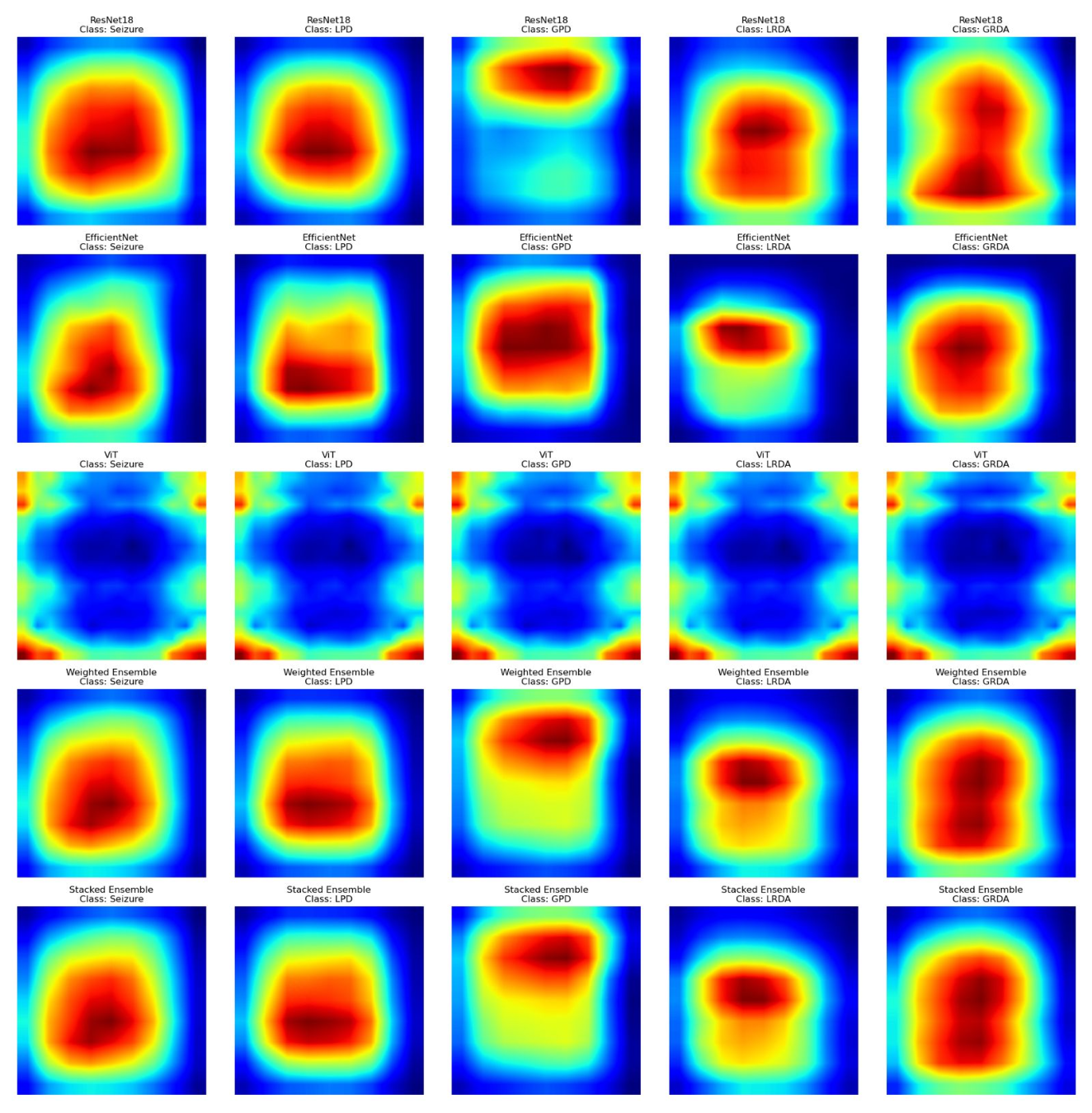EEG-based Harmful Brain Activity Classification using Deep Learning
🍀 Overview
This study explores how deep learning models can detect neurological disorders from EEG data, while addressing interpretability challenges using model explainability tools.
🍀 Dataset
- The project is based on the Kaggle competition HMS - Harmful Brain Activity Classification.
- We used 50-second EEG segments labeled as one of five harmful brain activity types (excluding “Others”).
🍀 Process
- Preprocessed raw EEG using montage transformation and bandpass filtering
- Converted EEG into scalogram images using Continuous Wavelet Transform (CWT)
- Trained and compared multiple models including:
- ResNet18 (my implementation)
- EfficientNet
- Vision Transformer (ViT)
- Achieved ~81% accuracy using ensemble, ~75% with ResNet18

🍀 My Contribution
- Implemented and trained ResNet18 for EEG classification
- Applied Grad-CAM for model interpretability
- Tested baseline 2D CNN → discontinued due to low generalization
- Collaborated on model evaluation and ablation studies
🍀 Limitations
- Grad-CAM does not support ViT well → heatmaps were not interpretable
- Future work could include SHAP, Attention Rollout, or LRP for ViT explainability